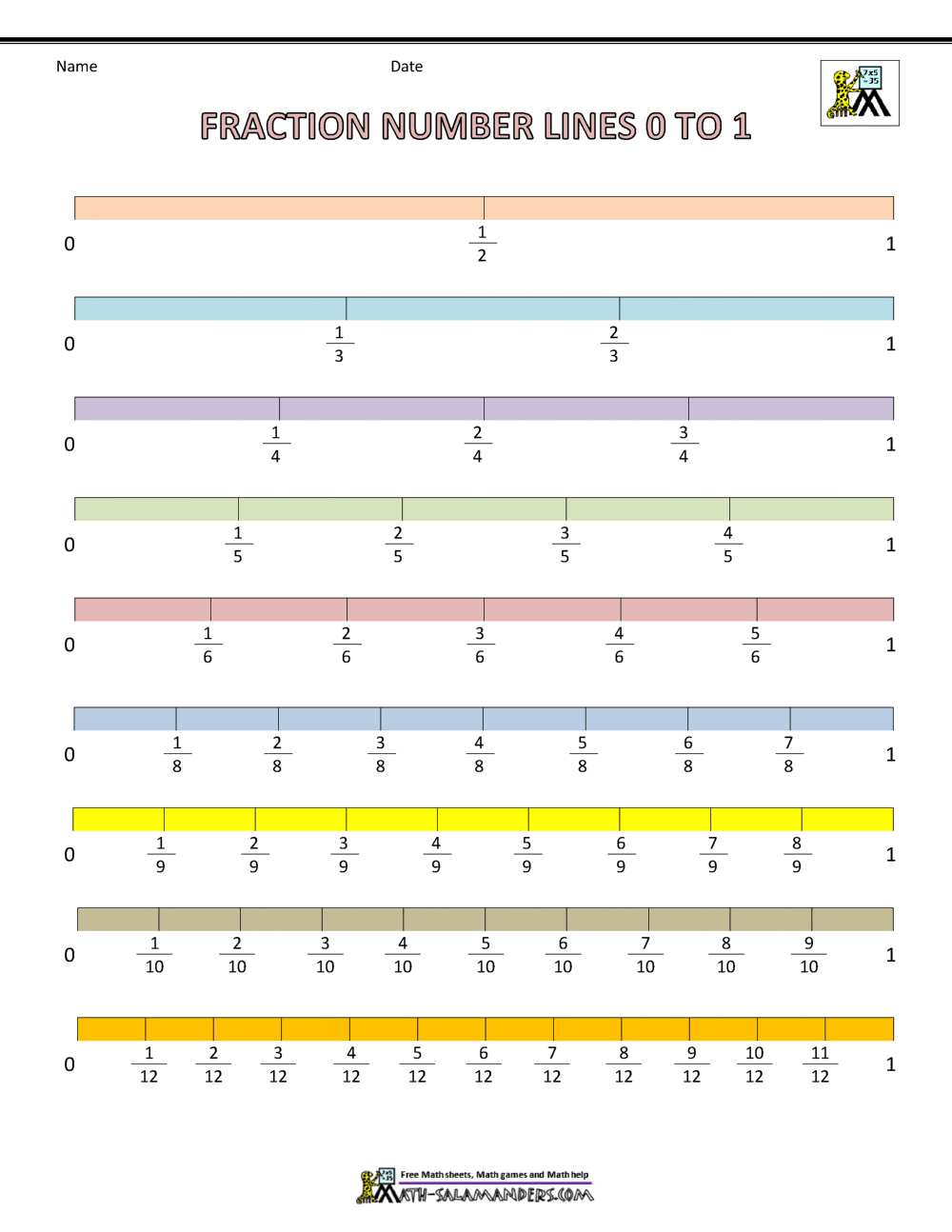
When do you move the negative sign of a fraction?Īs long as there is only one negative sign, either in front of the fraction, or in the numerator, or in the denominator, the fraction represents a negative quantity.
Negative minus negative factions plus#
If there are two fractions being subtracted, and you move the subtraction sign into the numerator or denominator of the fraction being subtracted, put a plus sign where the subtraction sign was (subtracting is the same as adding a negative): However, note that the negative sign must be applied to the entirenumerator, or the entiredenominator.Ĭan a number be multiplied by a negative number? For example if we have to subtract − 3 8 from 1 4 means, adding 3 8 to 1 4 or 1 4 + 3 8 and as 1 4 equal to 2 8, 1 4 + 3 8 = 2 8 + 3 8 = 2 + 3 8 = 5 8ĭo you put a plus or minus sign when subtracting a fraction? Subtracting a negative fraction B from a positive fraction A means adding the number part of it (that means leaving the minus sign) to A.
Negative minus negative factions how to#
How to subtract a negative fraction from a positive fraction? So we’re changing the two negative signs into a positive, so the equation now becomes -2 + 4. So, instead of subtracting a negative, you are adding a positive. Rule 3: Subtracting a negative number from a negative number – a minus sign followed by a negative sign, turns the two signs into a plus sign. Why negative minus negative equals positive? So, multiply your fraction by −1−1 to clear negative signs (or to move them between the top and bottom). Any fraction can be multiplied by aa without changing the value, since it equals one. Realize that negative signs represent multiplying the number by −1. How do you turn a negative fraction into a positive? Negative numbers, fractions, and decimals are neither natural numbers nor whole numbers.

Is a negative fraction a natural number?Ġ is not a natural number, it is a whole number. We know that A fraction represents a part of a whole or, more generally, any number of equal parts. This would read “negative two minus negative 4”. Basically, – (-4) becomes +4, and then you add the numbers. These principles apply to fractions as well, so: Placing the negative sign before the entire fraction (subtracting the fraction) is equivalent to adding the same fraction, but with a negative numerator.

– The negative of a number can be created by multiplying the number by negative one. If both the numerator and denominator are negative, then the fraction itself is positive because we are dividing a negative by a negative. Usually, the negative sign is placed in front of the fraction, but you will sometimes see a fraction with a negative numerator or denominator.

Can you have a negative over a negative fraction?


 0 kommentar(er)
0 kommentar(er)
